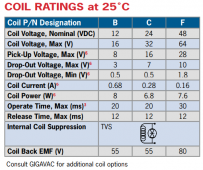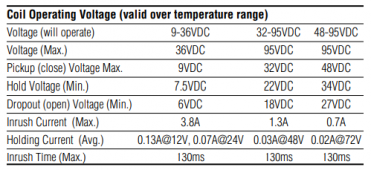Steve_S
Offgrid Cabineer, N.E. Ontario, Canada
I tested with Kilovac, Gigavac, Dongya & Energy Saver Relays in single & dual relay mode without issue. I think Craig (former moderator here) did a couple of other brands and we also did different Solid State Contactors as well.I was looking at the gigavac gv series which is the kilovac equivalent. Problem is, Jason says the amp rating for the control circuit is 3a. the max needed by the contactor is 3.8. is there some hocus pocus i can do with resistors and capacitors to make it work without stressing the BMS?
With relays there is the DELAY BOARD which goes between the relays & BMS that can service the Precharge requirements.
An Opto-Coupler can also be used so that you use One Relay as opposed to two.
IN Fact, because I am rural & remote and Stuff can Hit The Fan and most often at the worst possible time, I have a "Board" already setup with two Gigavac Energy Savers, delay board, and Shunt, all setup and ready as an Emergy backup "relay rig". I did these up before I switched to DCC so I kept one for backup just in case a DCC pooches on me. None have.




